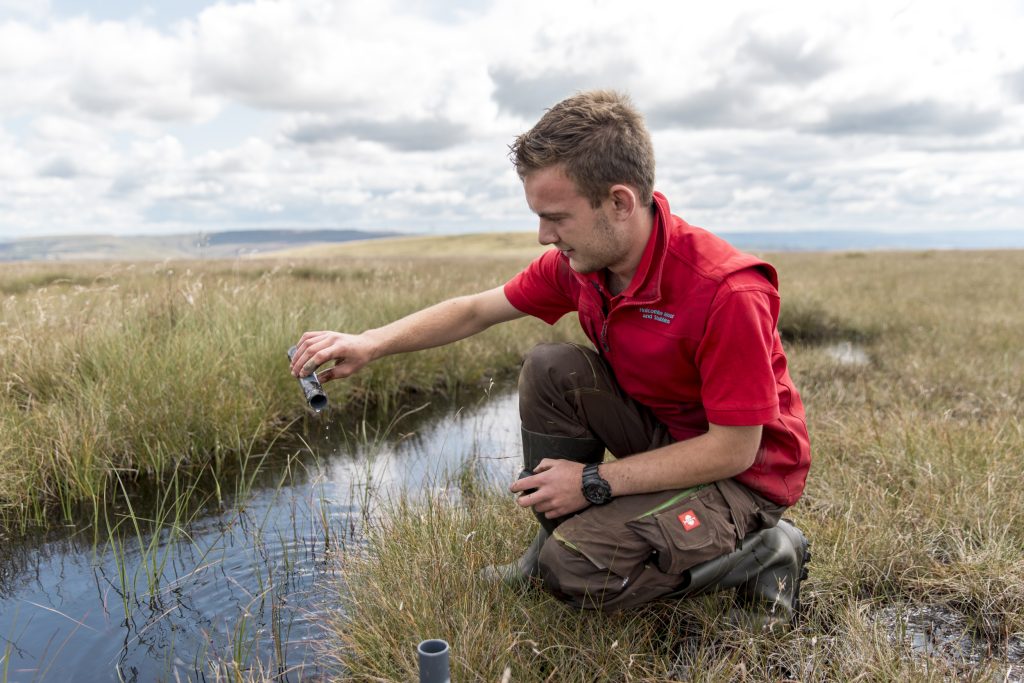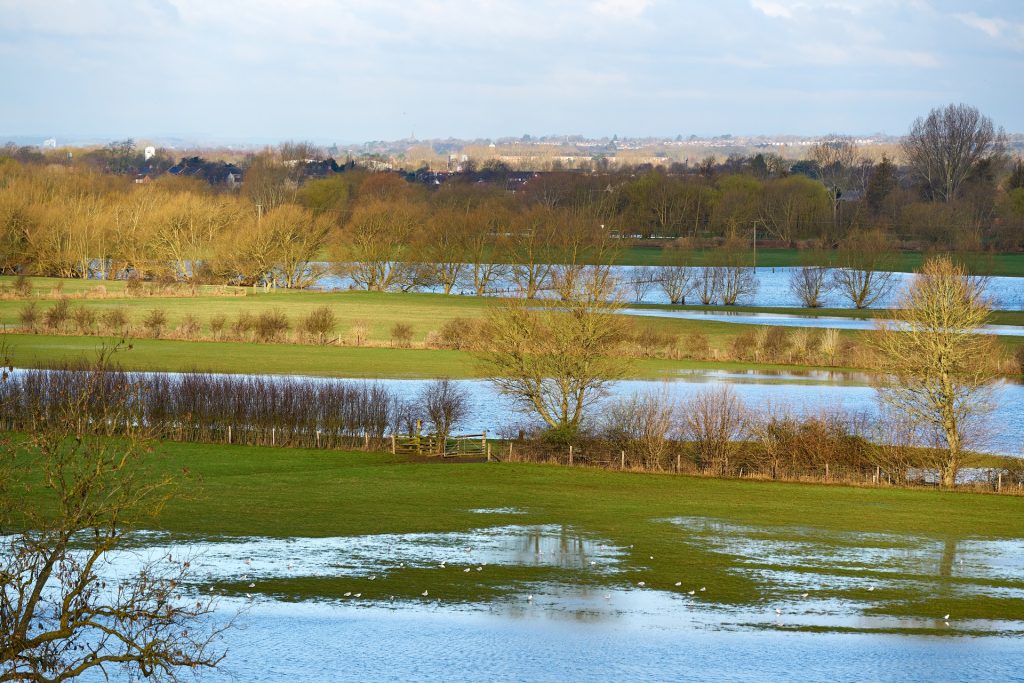The floodplains project
The floodplain area shaped by the Severn river and its feeder network is vast. Linking the Warwickshire Avon, the river Teme and hundreds of smaller streams, the network extends for over 11,000 km. It defines a vast flat landscape at the heart of England and Wales.
Once home to thriving wetlands, diverse floodplain meadows and rich woodlands, the landscape now suffers poor water quality, increased flooding and nature decline. We’re working to turn that around, for nature and people.



